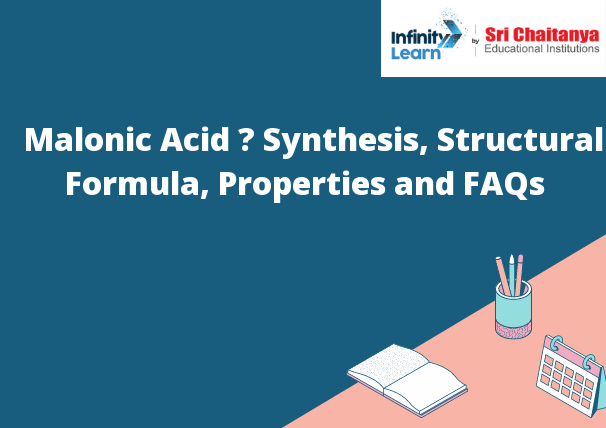Table of Contents
Malonic Acid IUPAC Name ;
ethanedioic acid
Malonic acid is a dicarboxylic acid with the chemical formula HO2CCCH2CO2H. It is a colorless, odorless, and slightly soluble in water. Malonic acid is produced industrially by the oxidation of propylene. It is used as a precursor to other chemicals, including methylmalonic acid, succinic acid, and γ-butyrolactone. Malonic acid is also found in some fruits and vegetables.

Synthesis of Malonic Acid
Malonic acid is a colorless, water soluble, organic acid. It is produced commercially by the oxidation of propylene to acrolein, followed by the hydrolysis of the acrolein to malonic acid.
The synthesis of malonic acid can be summarized as follows:
The first step in the synthesis of malonic acid is the oxidation of propylene to acrolein. In this step, a mixture of propylene and oxygen is passed over a hot catalyst. The propylene is oxidized to acrolein, and the oxygen is converted to water.
The second step in the synthesis of malonic acid is the hydrolysis of the acrolein to malonic acid. In this step, the acrolein is hydrolyzed to malonic acid and hydrogen gas.
Malonic Acid Structural Formula
The malonic acid structural formula is C3H6O4. It is a dicarboxylic acid with two carboxylic acid groups. It is a white, odorless, crystalline solid that is soluble in water.
Properties of Malonic Acid
Malonic acid is a carboxylic acid with the molecular formula C3H6O2. It is a colorless, water-soluble solid that is produced industrially by the oxidation of propylene. Malonic acid is used in the production of various esters, including diethyl malonate, which is used as a solvent.
Malonic Acid Uses
Malonic acid is used as a food additive and in the manufacture of pharmaceuticals.
Health Hazards of Malonic Acid
:
The hazards of malonic acid depend on its concentration and the route of exposure. At high concentrations, malonic acid can cause skin and eye irritation. It can also be harmful if swallowed or inhaled.






